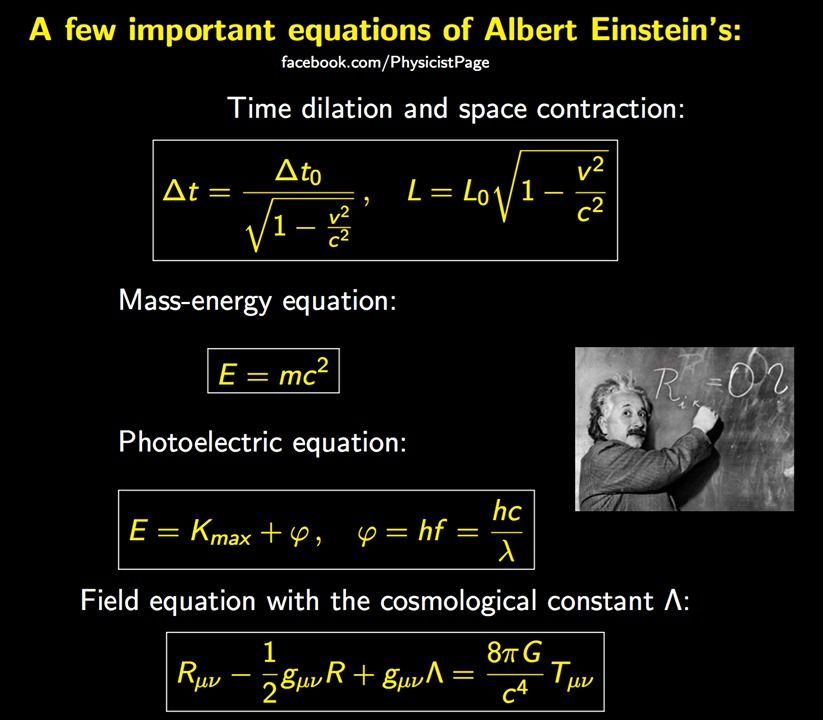They’re taking over everything.
Category: energy – Page 408

Scientists Make Mini Fuel Cells That Keep Phones Charged For a Week
POSTECH has created a solid oxide fuel cell (SOFC) that not only adds life to drones but can also replace lithium-ion batteries in smartphones.
Battery life. Two words that can turn anyone who owns an electronic device into a total wreck. But scientists at POSTECH may have found the solution to prevent you from having a panic attack each time you see your device almost out of juice.
Prof. Gyeong Man Choi and his Ph.D. student Kun Joong Kim have developed a miniaturized solid oxide fuel cell (SOFC) powerful enough to extend the flying time of drones to more than an hour. And that’s just the start.
Hankook iFlex Tire The Future of Tyre Design
Airless tires.
#Airless_tires are the next generation of tires waiting to take over the world. Recently, #Hankook_iFlex_tire underwent a series of high speed tests and that has helped us take a step closer to a future where tires without air would become a reality. It was company’s fifth attempt at launching #airless_tires into the market. Why is the company trying to do so and that too this religiously? Because of the multiple benefits that this gadget brings in comparison to the traditional tires.
#Hankook’s tire is far more energy efficient and can be recycled as well. The material that has been used by Hankook allows the company to reduce the production steps into half as compared to a conventional tire.
The #iFlex went through tests in five different categories; slalom, stability, hardness, durability and speed. An electric car was used for the tests and the team was able to get 130km/h from it without causing any damage to the tires. The iFlex was also able to match performance of any conventional tire during all these tests. The company has, so far, not released any more details of the tests though.
The #airless_tire is still in testing phase, however, one can’t deny that these tires offer a much better future. These tires do not pick up punctures and are also able to cut down on emissions during production and subsequent recycling.
DOE’s ARPA-E TERRA projects seek to accelerate sustainable energy crop development
ARPA-E creating sustainable energy crops for the production of renewable transportation fuels from biomass.
In Washington, the DOE’s ARPA-E TERRA projects seek to accelerate the development of sustainable energy crops for the production of renewable transportation fuels from biomass. To accomplish this, the projects uniquely integrate agriculture, information technology, and engineering communities to design and apply new tools for the development of improved varieties of energy sorghum. The TERRA project teams will create novel platforms to enhance methods for crop phenotyping (identifying and measuring the physical characteristics of plants) which are currently time-intensive and imprecise.
The new approaches will include automated methods for observing and recording characteristics of plants and advanced algorithms for analyzing data and predicting plant growth potential. The projects will also produce a large public database of sorghum genotypes, enabling the greater community of plant physiologists,
Bioinformaticians and geneticists to generate breakthroughs beyond TERRA. These innovations will accelerate the annual yield gains of traditional plant breeding and support the discovery of new crop traits that improve water productivity and nutrient use efficiency needed to improve the sustainability of bioenergy crops.

Schumer: Iranian Cyber-Attack on New York Dam Was “Shot Across the Bow”
So does this mean war?
Sen. Chuck Schumer (D – N.Y.) said that an Iranian cyber-attack on a dam near New York City was a “shot across the bow” of the United States, which should be answered with harsher sanctions, the Associated Press reported on Friday.
“Now it looks clear that the Iranians did it,” Schumer said during an appearance on Long Island. “What were they doing? They were sending a shot across our bow. They were saying that we can damage, seriously damage, our critical infrastructure and put the lives and property of people at risk.”
The breach in the dam’s control system was first reported in December of last year, and Schumer indicated that there would a federal indictment in the case as early as April. The congressman added that the breach suggested that Iranian hackers possibly posed even greater threats. “Hackers can come in, as these Iranian hackers did, and hurt our critical infrastructure,” he observed. “What if they open the sluice gates of a dam with a whole lot of people behind it? What if they shut off the power for a large part of the area?”

Meet the electric life forms that live on pure energy
Unlike any other life on Earth, these extraordinary bacteria use energy in its purest form – they eat and breathe electrons – and they are everywhere.

Worm-Like Bio-Bots Inch Toward Light
Genetically engineered muscles power tiny, light-sensitive biobots. Continue reading →

High-power biological wheels and motors imaged for first time
Behold – the only known example of a biological wheel. Loved by creationists, who falsely think they are examples of “intelligent design”, the bacterial flagellum is a long tail that is spun like a propeller by nano-sized protein motors.
Now these wheels and their gearing have been imaged in high resolution and three dimensions for the first time. Morgan Beeby and his colleagues at Imperial College London used an electron microscope to resolve the mechanisms that provide different amounts of torque to the motors.
The motors are diverse, coming in a wide variety of shapes, sizes and power outputs. Indeed, the diversity of the motors and the fact that they have evolved many times in different bacterial lineages, scuppers the creationist view that the machinery is “irreducibly complex”.
